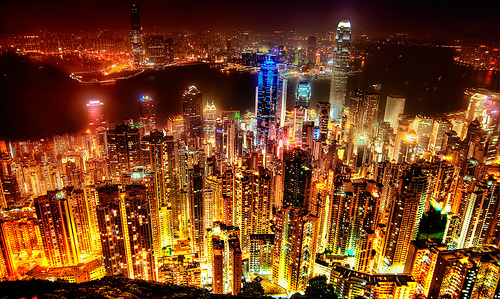 Cities like Hong Kong need science.Photo: Spreng Ben
Cities like Hong Kong need science.Photo: Spreng Ben
This week’s issue of the journal Nature is all about the connection between cities and science. They’ve put a terrific package together, with lots of great graphics (want to know where the next megacities will emerge, or where the most scientific papers are published?) and feature articles on the synergy between urban areas and scientific innovation. Some of the articles is behind a paywall, but there’s a lot that’s available to non-subscribers as well.
Cities are … home to considerable scientific capital; they hold most of the world’s top universities and the vast majority of its researchers…. The resources that cities offer can stimulate outstanding science for reasons that researchers are just starting to explore. On the other side of the equation, scientists can assist cities in tackling their biggest problems. The Nobel laureate Mario Molina sets a good example, having redirected his research to improving the environment in Mexico City, one of the world’s biggest megacities.
Scientists are also helping cities to assume a lead position in combating global warming. With nations largely paralysed on this front, cities have emerged as a testing ground for cutting greenhouse-gas emissions and for adapting to the changes that warming will bring. But these efforts are hampered by a disproportionate lack of data at the city level. Cities must find a way to grow sustainably, which will require scientists across many disciplines to collaborate with leaders in other sectors of society to develop general rules for urban expansion.
There’s a weekend’s worth of interesting stuff to sift through here. Hat tip to Planetizen for the link.




